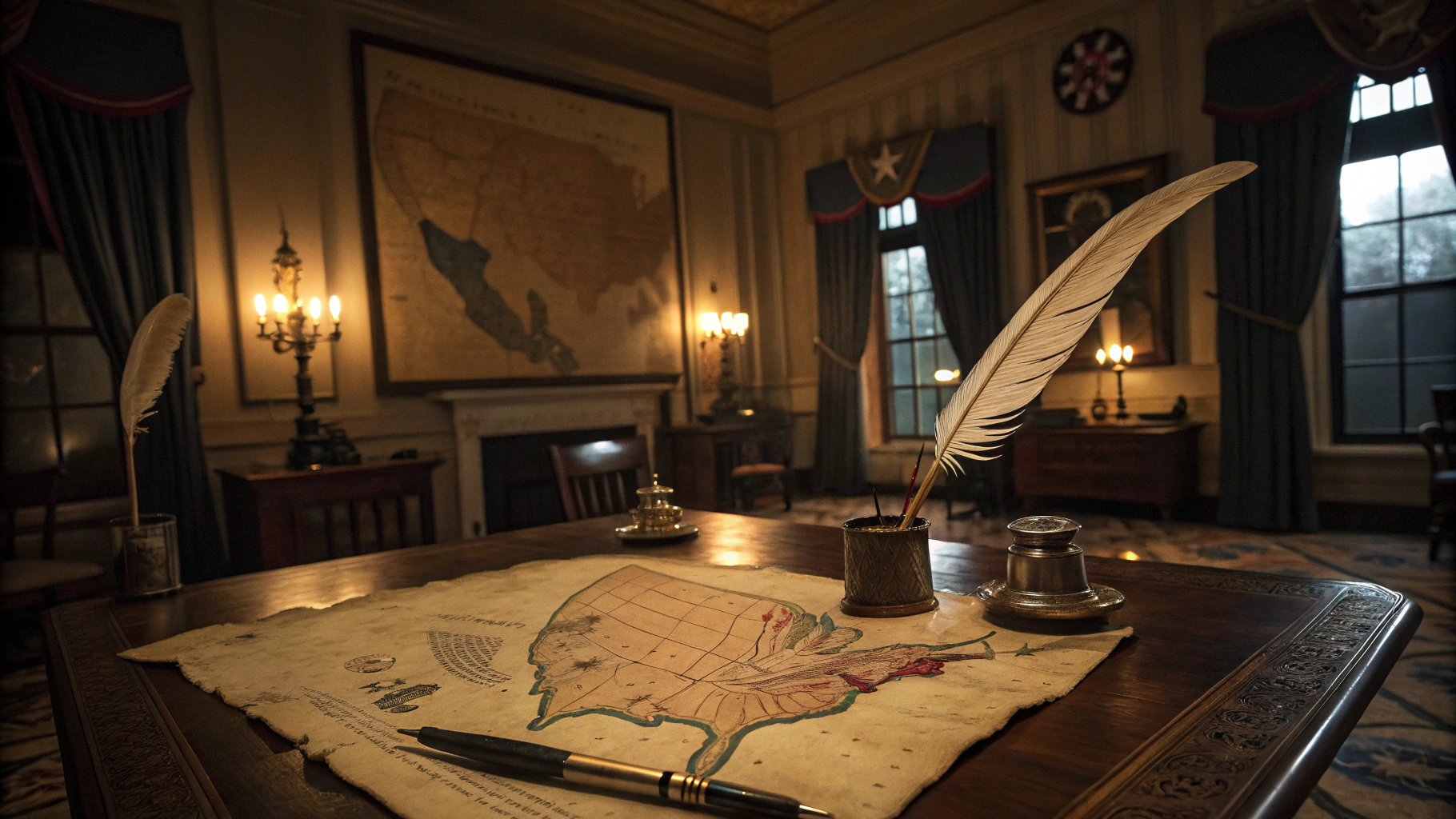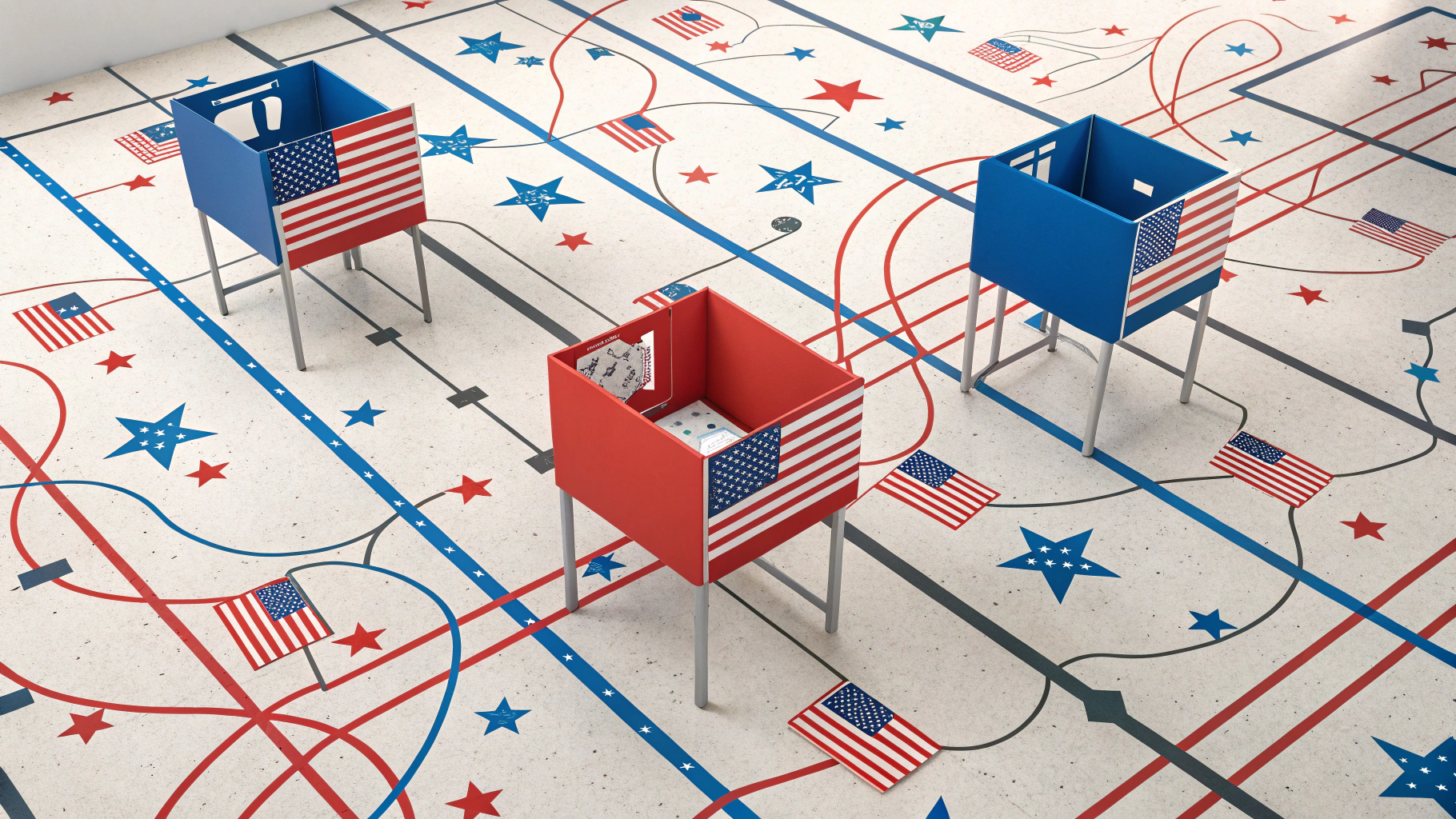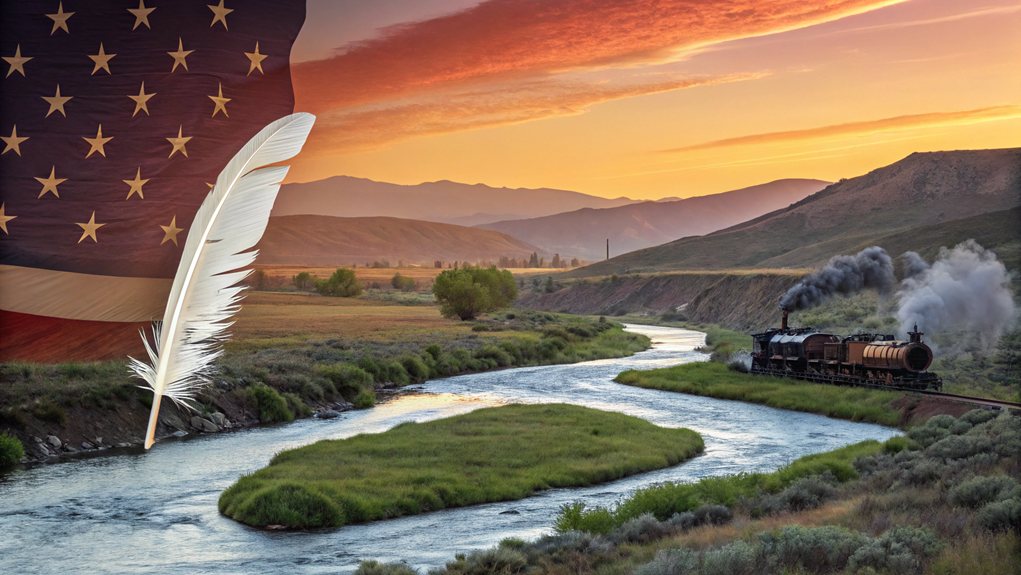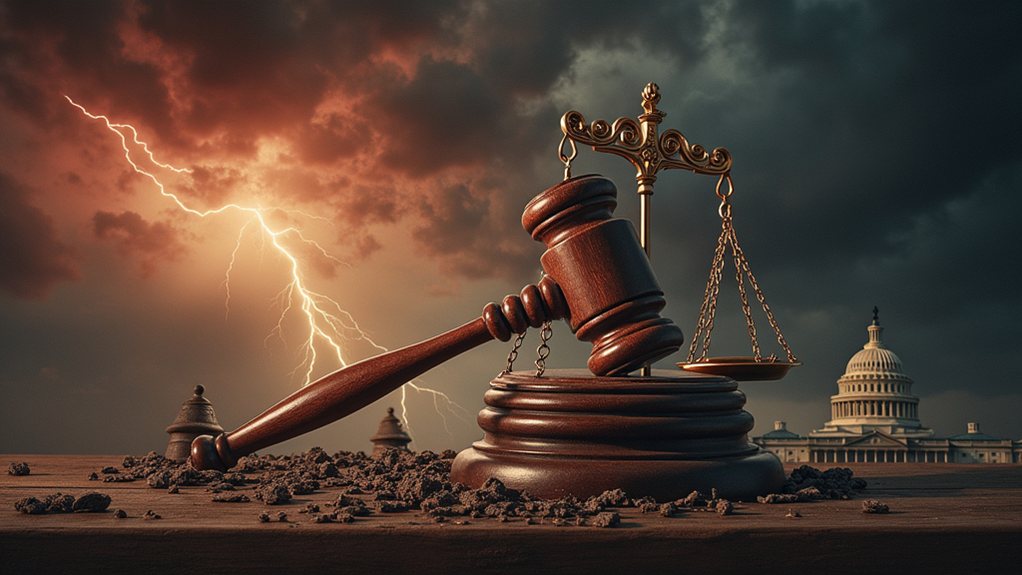America's two-party system was born out of early political squabbles, mainly between Federalists and Democratic-Republicans. Federalists wanted a strong central government, while their rivals preferred limited federal power. Sound familiar? The War of 1812 cranked up the pressure and nearly wiped out the Federalist Party. As factions fought for control, the stage was set for something we still deal with today. Want to uncover the twists and turns of this political saga? Stick around.
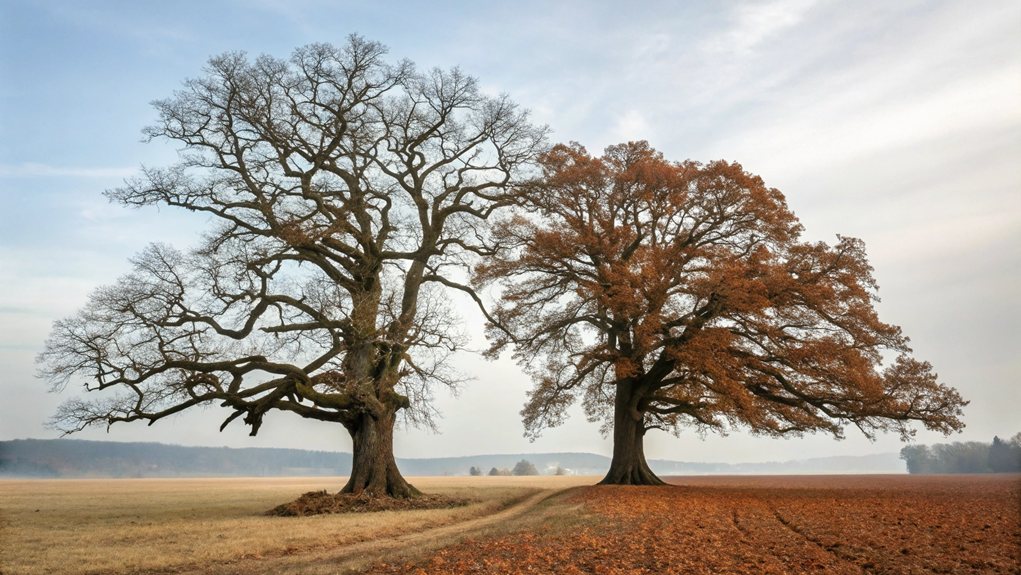
The two-party system in America is like a game of tug-of-war that never ends. It all started way back when factions were popping up, like the Federalists, who were all about a strong central government and being chummy with Britain. On the flip side, there were the Democratic-Republicans, who preferred to keep federal power on a short leash. The ideological shifts of these early parties set the stage for the complexities of modern American politics.
After the War of 1812, the Federalists pretty much fizzled out, signaling the end of the First Party System. Cue the Era of Good Feelings, which sounds nice but didn't last long. Then things got messy. The Democratic-Republicans split, giving birth to the Democrats and National Republicans. The Whig Party came next, because, why not add another player to the game?
Fast forward to the electoral system that's practically designed for two-party supremacy. With single-member districts and winner-takes-all rules, who wants to waste a vote on a third party? Not many. Voters tend to rally behind the big names, consolidating power for the major parties. It's like a club where you can't get in unless you're wearing the right colors. This winner-take-all system discourages competition, making it even harder for third parties to thrive.
The Democrats evolved from the Jacksonian Democrats, who were all about individual and state rights. Meanwhile, the Whig Party, formed mostly from Jackson's opponents, crumbled over slavery issues, paving the way for the Republican Party. The Republicans didn't just appear out of thin air; they absorbed folks from previous parties, solidifying their grip during Reconstruction as they became the dominant party post-Civil War.
Now, third parties? They're the underdogs. They rarely win but can shake things up. Remember the Know-Nothing Party? It was a big deal for a hot minute but vanished when it couldn't get anything done.
Despite their short-lived fame, third parties often just spoil the fun for the major players. The struggle of America's two-party system is ongoing, shaped by history, immigration, and the ever-present issue of power. It's chaotic. It's contentious. And it's not going anywhere anytime soon.
Frequently Asked Questions
How Did Early Political Factions Differ From Today's Parties?
Early political factions were a hot mess compared to today's parties. They lacked organization and unity.
Imagine a chaotic family reunion where everyone fights over the last slice of pie—yep, that was them. Federalists were all about big government, while Democratic-Republicans championed farmers.
Now? Parties are more structured, but still bicker like kids on a playground. Plus, they focus on national issues instead of getting caught up in local squabbles.
Progress? Sort of.
What Role Did George Washington Play in Party Formation?
George Washington? He was the reluctant referee in the political playground. He didn't want parties, folks. He thought they'd turn into a messy brawl, and he was right. His support for Hamilton's policies nudged them into existence.
The Whiskey Rebellion? Just another nail in the partisan coffin. Washington warned that political factions could ruin national unity, yet here we are—two parties battling like cats and dogs.
Thanks for the legacy, George!
How Do Third Parties Influence the Two-Party System?
Third parties shake things up in the two-party system, often waving flags for issues that major parties ignore.
They can be like a pesky mosquito, buzzing around and drawing attention, even if they don't win. Sometimes they spoil elections by siphoning votes away.
Sure, they rarely land a win, but they can nudge the big players to rethink their platforms. Talk about influence!
They might not win, but they definitely make noise.
What Are the Main Ideologies of the Two Major Parties?
The Democratic Party leans left, pushing for social progress, environmental action, and healthcare reform. They love big government, especially when it comes to helping folks.
On the flip side, Republicans cling to conservatism, championing free markets and national security. They prefer less government meddling in daily life.
It's a classic tug-of-war, folks. Politics is all about extremes, and these two parties keep the drama alive, whether you like it or not.
How Do Elections Impact Party Dynamics in America?
Elections in America? Oh boy, they're a wild ride. Voters get to pick between two major parties, which makes everyone feel special—except for third-party candidates, who basically get ignored.
Winner-take-all systems mean votes for the little guys feel like wasted efforts. Meanwhile, campaign cash flows like water, keeping the major players in the game.
Polarization? It's real. Social media cranks up the drama, turning elections into a high-stakes soap opera.
